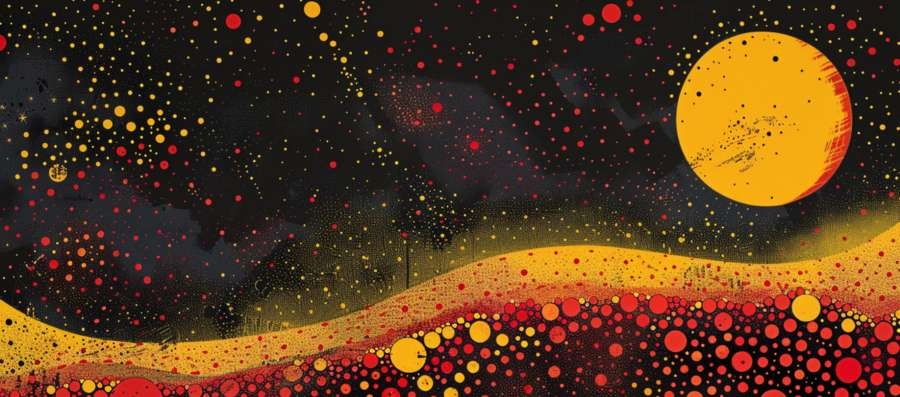Shooting Stars: How to Capture the Night Sky Like a Pro

Introduction to Astrophotography: The Final FrontierWhen you're tired of capturing the mundane reality of Earth and wish to gaze upon the vast expanse of the cosmos, my friends, that's where astrophotography comes into play. This is the art of photographing celestial bodies and phenomena, transforming mere mortals into cosmic conquerors with a single click of the shutter. But fear not, for this journey into the stars requires no rocket ship or astronaut training, just a trusty camera, a sturdy tripod, and an insatiable curiosity for the great beyond.
Tips for Stellar Stargazing ShotsBefore you embark on this extraterrestrial escapade, there are a few crucial tips to consider. These will help ensure your night sky snapshots are as awe-inspiring and out-of-this-world as possible.
- Location, location, location: Flee from the light pollution of big cities and seek out the sanctuary of dark skies. National parks, deserts, and remote rural areas are ideal for your celestial pursuits.
- Timing is everything: Plan your shooting sessions around astronomical events and the phases of the moon. A new moon or crescent moon will allow the stars to shine their brightest. And don't overlook the magic of the Milky Way – capturing our galaxy's core will leave your audience starstruck.
- Know your gear: While a DSLR or mirrorless camera with manual controls is ideal for astrophotography, don't be discouraged if you only have a smartphone. With the right apps and settings, you too can join the cosmic crusade.
- Stabilize and strategize: A sturdy tripod is your best friend when photographing the night sky. Keep your camera steady and use a remote shutter release or built-in timer to avoid camera shake. Experiment with exposure settings, keeping in mind that a longer exposure can result in star trails – a fascinating phenomenon in its own right.
- Focus on the infinite: Achieving sharp focus in the dark can be trying, but fear not! Simply set your lens to manual focus, point it at a bright star, and use your camera's live view or an app like Magic Lantern to zoom in and fine-tune your focus.
- Embrace the cold: Shooting in colder temperatures can minimize noise in your images, but it can also wreak havoc on your batteries. Be sure to pack extra power sources and keep them warm in your pocket, lest you find yourself stranded among the stars.
Composing the Cosmos: Creative Techniques for AstrophotographyWith your foundation in the stars now firmly established, it's time to explore creative techniques to elevate your astrophotography game. Here are some ways to make your celestial snapshots truly extraordinary:
- Star trails: Capture the Earth's rotation by using a long exposure or stacking multiple images. These swirling streaks of light add a dynamic and hypnotic quality to your shots.
- Light painting: Illuminate your foreground subjects with a flashlight, headlamp, or even the light from your smartphone. This adds depth and dimension to your nocturnal landscapes, creating a harmonious marriage of Earth and sky.
- Time-lapse: Assemble a series of images taken over an extended period to create a time-lapse video. This will reveal the motion of celestial bodies and offer viewers a glimpse into the cosmic ballet that unfolds above us every night.
- Multiple exposures: Combine different elements of the night sky, such as the moon, stars, and Milky Way, into a single image. This technique allows you to create your own cosmic collage and showcases the diversity of our celestial neighborhood.
Astrophotography: A Portal to the HeavensAs you delve deeper into the realm of astrophotography, you'll begin to appreciate the profound connection between our little blue marble and the infinite universe that surrounds us. The cosmos is a boundless source of wonder and inspiration, and through the lens of your camera, you can share its majesty with the world.
From the ethereal glow of the aurora borealis to the grandeur of the Milky Way, astrophotography grants us a unique perspective on the cosmos, transcending our terrestrial existence and transporting us to the stars. So go forth, intrepid spacefarers, and capture the celestial splendor that awaits. The universe is your canvas – let your imagination soar and your camera be the brush that paints a symphony of light across the night sky.
|
|




